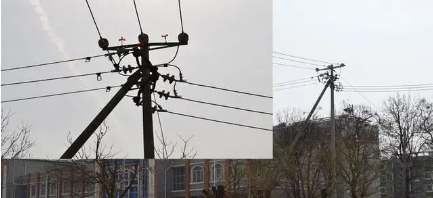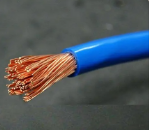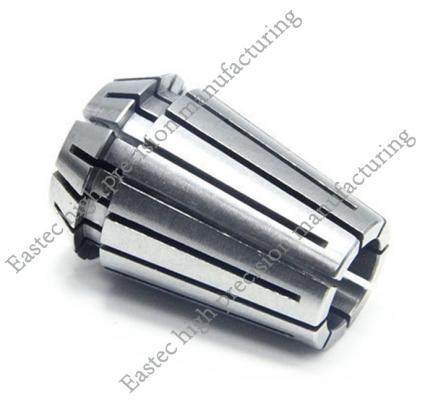
Nowadays, many small orange-red objects that look like windmills are installed on utility poles. When the wind blows, they spin and shine. These things that resemble small windmills can be seen on many utility poles, which has left many people very confused. What on earth are these small windmills used for?
When tired birds stop to "rest their feet" on the power lines or even "set up camp" on the utility poles, they may feel comfortable, but it often causes trouble for the power department. Their resting or nest - building often leads to short - circuits and power outages of the power lines. Therefore, electrical engineers invented a "weapon" to deal with this problem - the windmill bird deterrent. After that, birds no longer dare to get close.
Bird deterrents and anti - bird spikes can achieve certain effects, but in many cases, the results are not ideal. Many birds may be afraid of bird deterrents at first, but they gradually become immune and still build nests nearby. The traditional method is to remove the nests once they are found. However, soon after the removal, new nests will be built again, and then they have to be removed again...
To reduce the number of power outages, power supply companies have taken many measures to drive away nesting birds, such as manually removing the nests. However, during the magpie breeding season, even if the nests are removed, magpies will quickly build new ones in the same place. Moreover, magpies are very united. When one family builds a nest, the neighboring magpies will come to help, and a new nest will appear quickly.
After several attempts, a relatively effective way to prevent birds from building nests is to install small windmills or even stick reflective sheets in suitable places on the poles. When the wind blows, the windmills rotate, moving and flashing, which will make the birds stay away from this area, effectively reducing the number of power line outages.
Currently, the main measures used for bird deterrence are as follows:
- Bird repellent: It emits a fragrant gas that affects the central nervous system of birds. Once the birds smell it, they will fly away without being harmed.
- Intelligent voice bird deterrent: It uses advanced electronic acoustic principles to play sounds that birds are afraid of to drive them away. However, its application is limited because there are many species of birds.
- Digital voice bird deterrent: It is an upgraded version of the intelligent voice bird deterrent. It has functions such as timed playback and color - screen digital display, and an enhanced sound library. It is suitable for long - term use in various regions, especially in gardens or plantations.
- Ultrasonic bird deterrent: It uses high - power ultrasonic pulses to effectively interfere with and stimulate the auditory system of birds, making them unbearable and thus driving them away.
- Wind - powered bird deterrent: Driven by the gentle breeze, several dark discs move and rotate to scare the birds. Some also have reflective sheets added at the moving points. This type of bird deterrent is low - cost and widely used.
- Bird - scaring hawk: The "hostile hawk - eye" made by combining bionic design and animal psychology can make harmful birds feel extremely frightened and stay away, achieving the purpose of bird deterrence.
Operating principle: Driven by the wind, the driver rotates repeatedly, and the mirrors refract sunlight at different angles, creating a scattered - light area. This makes birds dare not approach the poles or towers, which not only protects the safe operation of power lines but also protects the birds.





 Customer service 1
Customer service 1  Customer service 2
Customer service 2